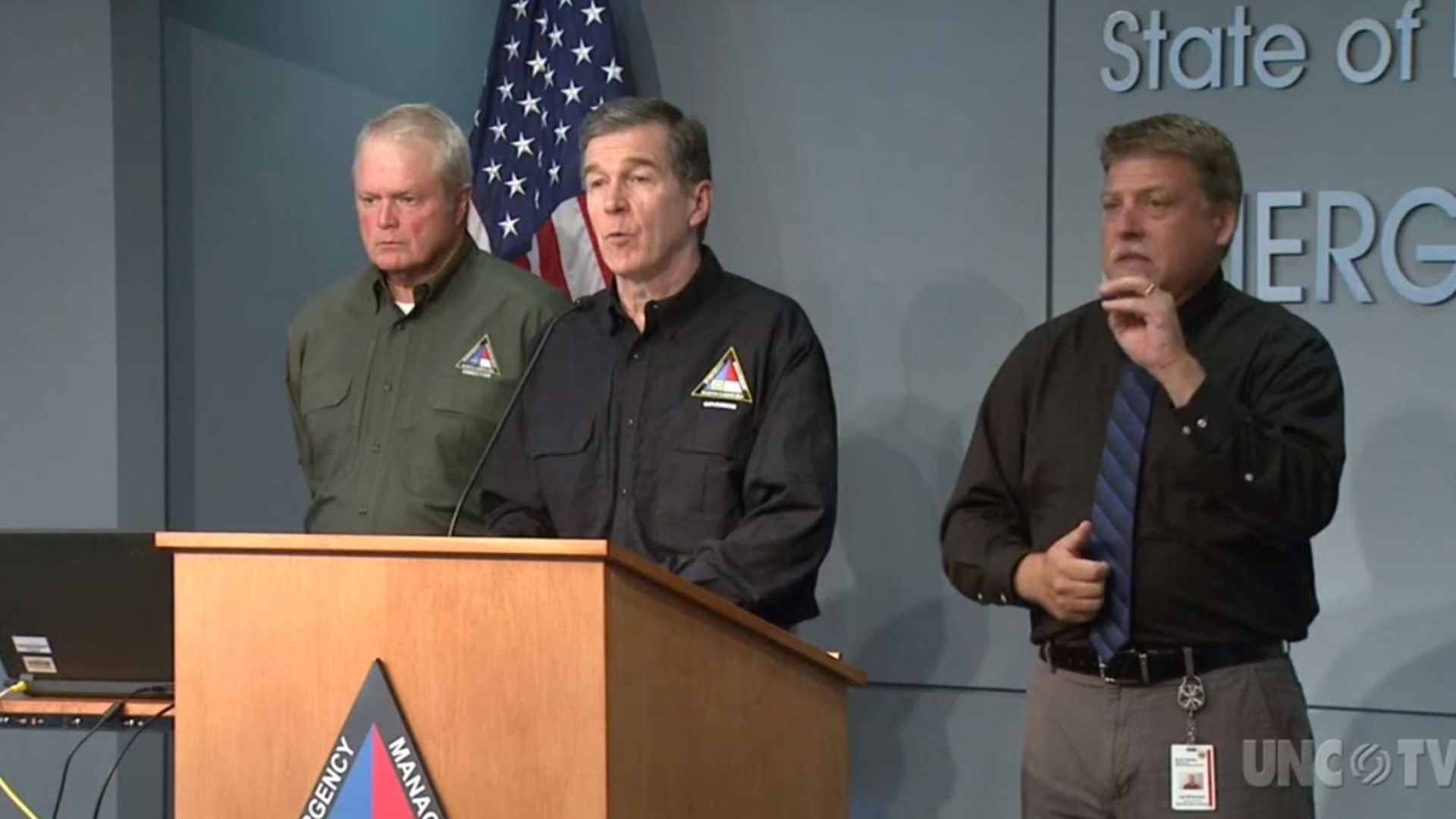GREENSBORO, N.C. -- Flooding is always a major concern in the Triad during severe weather, a hurricane or tropical storm. That’s why you want to make sure you know the areas near you that are prone to flooding in order to protect your family.
You can find out how much your home is at risk for flash flooding by entering your address in the FRIS database.
You can also check out North Carolina Flood Maps
Stay current, stay informed and stay safe with the WFMY mobile app.
Download the WFMY News 2 iPhone app | Android app | Sign up for the WFMY 'Let's Get 2 It' Newsletter
The City of Greensboro has several streams that are subject to flooding during and after heavy rainstorms including the following:
- North Buffalo Creek
- South Buffalo Creek
- Horsepen Creek
- Bull Run Creek
- Muddy Creek
- Richland Creek
- Ryan Creek
- Mile Run Creek
- Reedy Fork Creek
- Fork Deep River
List of Creeks In Winston-Salem
- Mill Creek
- Grassy Creek
- Silas Creek
- Muddy Creek
- Fiddlers Creek
- Brushy Fork Creek
- Salem Creek
- Little Creek
- Peters Creek
- Silas Creek
Check out these flood tips provided by the Guilford County.
BEFORE A FLOOD
To prepare for a flood, you should:
• Elevate the furnace, water heater and electric panel in your home if you live in an area that has a high flood risk;
• Consider installing “check valves” to prevent flood water from backing up into the drains of your home; and
• If feasible, construct barriers to stop floodwater from entering the building and seal walls in basements with waterproofing compounds.
DURING A FLOOD
• If you must prepare to evacuate, you should do the following:
• Secure your home. If you have time, bring in outdoor furniture. Move essential items to an upper floor; and
• Turn off utilities at the main switches or valves if instructed to do so. Disconnect electrical appliances. Do not touch electrical equipment if you are wet or standing in water.
CLEANING UP AND REPAIRING YOUR HOME
• Turn off the electricity at the main breaker or fuse box, even if the power is off in your community. That way, you can decide when your home is dry enough to turn it back on.
• Get a copy of the book Repairing Your Flooded Home which is available free from the American Red Cross or your state or local emergency manager. It will tell you:
• How to enter your home safely.
• How to protect your home and belongings from further damage.
• How to record damage to support insurance claims and requests for assistance.
• How to check for gas or water leaks and how to have service restored.
• How to clean up appliances, furniture, floors and other belongings.
• The Red Cross can provide you with a cleanup kit: mop, broom, bucket, and cleaning supplies.
• Contact your insurance agent to discuss claims.
• Listen to your radio for information on assistance that may be provided by the state or federal government or other organizations.
• If you hire cleanup or repair contractors, check references and be sure they are qualified to do the job. Be wary of people who drive through neighborhoods offering help in cleaning up or repairing your home.

